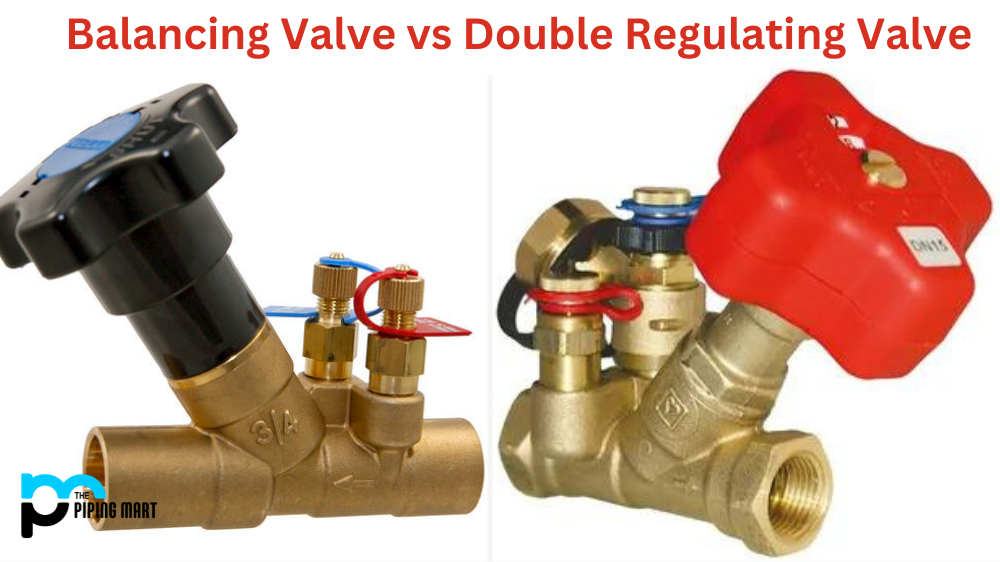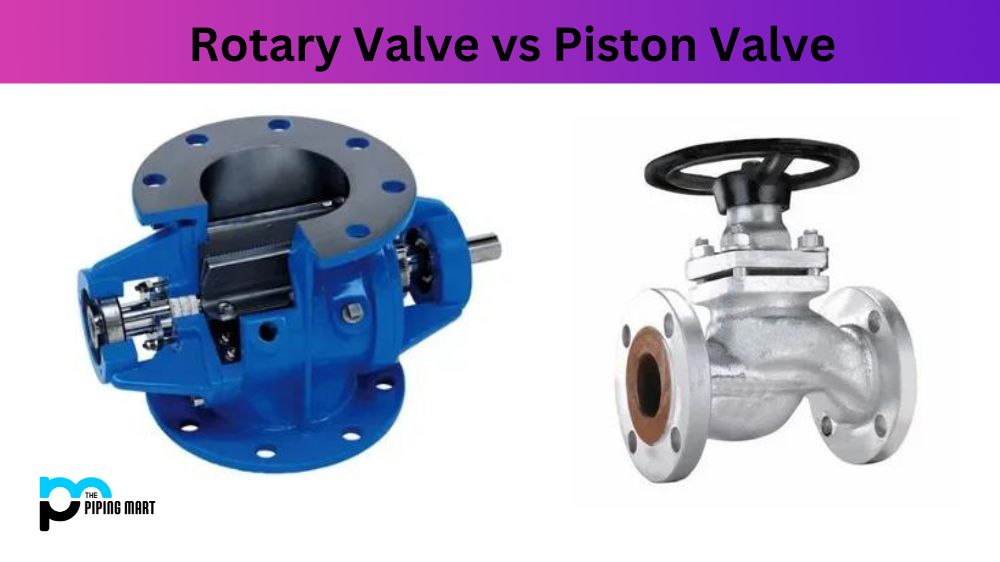Valves are essential components in plumbing and HVAC systems. They control the flow of fluids such as water, steam, and gases and help regulate the pressure and temperature in the system. Two types of valves commonly used in HVAC systems are balancing valves and double-regulating valves. While both valves serve similar purposes, they differ in design and functionality. In this blog post, we’ll dive into the differences between balancing and double-regulating valves and help you decide which is the best for your HVAC system.
Balancing Valves
Balancing valves are designed to balance the flow of water in HVAC systems. They are installed to ensure the correct amount of water flows through each system branch. Balancing valves are used in scenarios where multiple departments or zones are present. They work by restricting the water flow in addition to a higher flow rate, thereby balancing the flow rate between all the components. Balancing valves are often used in commercial buildings, hospitals, and large residential buildings. They are most commonly found in hydronic systems that help distribute hot or chilled water to each zone.
Double Regulating Valves
Double-regulating valves, also known as differential pressure valves, are designed to regulate the pressure and flow of water in HVAC systems. They are commonly used in heating and cooling systems where the flow rate and pressure must be controlled to maintain a specific temperature. Double-regulating valves work by reducing the stress upstream of the valve and regulating the flow rate downstream. This helps to prevent damage to the pipes and components of the system due to excessive pressure or flow rates. They are commonly found in fan coils, air handling, and boilers.
Difference Between Balancing Valve and Double Regulating Valve
Which one is better?
Several factors should be considered when choosing between balancing and double-regulating valves. The type of system, the amount of flow control needed, and the size of the pipes and components all play a role in determining which valve is the best choice. Balancing valves are better suited for larger systems with multiple branches or zones, while double-regulating valves are better suited for smaller systems where pressure and flow control are critical.
It’s worth noting that some valves can serve both functions. For example, some double-regulating valves have a balancing feature, allowing them to balance the water flow between branches while still regulating the pressure downstream. These valves are often a good choice for HVAC systems with a moderate number of units and require pressure and flow control.
How do Balancing Valves Work?
Balancing valves work by modulating water flow through the system to maintain a desired temperature. The valve does this by restricting the flow of water when the temperature exceeds the selected set point and allowing more water to flow when the temperature falls below the set threshold.
How to do Double-Regulating Valves Work?
Double-regulating valves work by modulating the water flow through the system to maintain a desired temperature. The valve does this by restricting the flow of water when the temperature exceeds the desired set point and allowing more water to flow when the temperature falls below the set threshold.
What are the Benefits of Using a Balancing Valve?
The benefits of using a balancing valve include improved comfort, reduced energy consumption, and extended equipment life. Balancing valves can also help to improve indoor air quality by reducing drafts and maintaining humidity levels.
What are the Benefits of Using a Double-Regulating Valve?
The benefits of using a double-regulating valve include improved comfort, reduced energy consumption, and extended equipment life. Double-regulating valves can also help to improve indoor air quality by reducing drafts and maintaining humidity levels.
Are there any Drawbacks to Using a Balancing Valve?
One potential drawback of a balancing valve is that it can be more expensive than other valves. Additionally, balancing valves require regular maintenance to keep them functioning correctly.
Are there any Drawbacks to Using a Double-Regulating Valve?
One potential drawback of using a double-regulating valve is that it can be more expensive than other valves.
Conclusion
In conclusion, the choice between balancing valves and double regulating valves depends on the specific needs of your HVAC system. Both valves serve similar functions but differ in design and functionality. Balancing valves are used to balance water flow in multiple branch systems, while double regulating valves control the pressure and flow of water in smaller systems. It’s essential to consider the size of your system, the number of branches, and the amount of flow and pressure control needed before choosing a valve. By understanding the differences between these two types of valves, you can make an informed decision and ensure that your HVAC system is operating efficiently and effectively.

Pipingmart is a B2B portal that specializes in metal, industrial and piping items. Additionally, we share the latest information and information about materials, products and various types of grades to assist businesses that are involved in this business.




